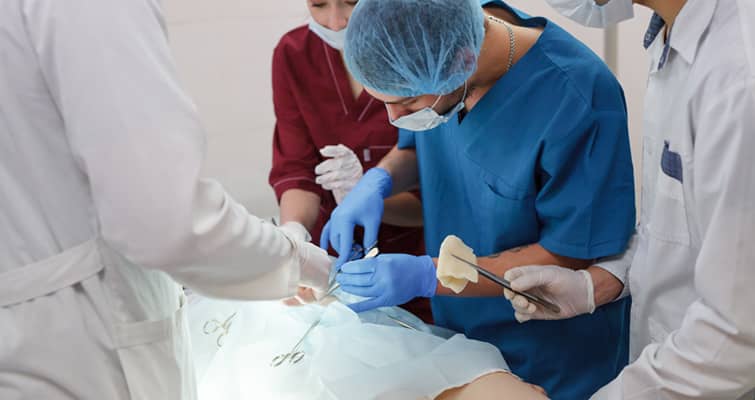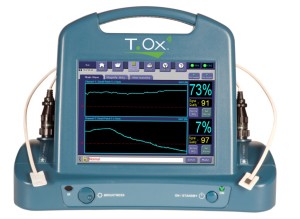 At Midwest Breast and Aesthetic Surgery, we are pleased to offer advanced breast reconstruction options, including DIEP flap and GAP flap techniques, at several Ohio locations. One of our primary goals is to keep advanced care close to home.
At Midwest Breast and Aesthetic Surgery, we are pleased to offer advanced breast reconstruction options, including DIEP flap and GAP flap techniques, at several Ohio locations. One of our primary goals is to keep advanced care close to home.
Several developments have made it possible for us to bring advanced microsurgical reconstruction to locations that keep patients close to home and focus on providing personalized care in warm, easy-to-access facilities.
One of the most significant advances has been the evolution of the operation itself. Traditionally, breast reconstruction using tissue from the lower part of the abdomen relied on the six-pack muscle to maintain blood flow to the tissue after rotating to the chest to reconstruct the breast. This operation is known as the pedicled-TRAM procedure. It gained widespread use because it did not require additional microsurgical skills and equipment, such as a surgical microscope.
The advent of microsurgery and an improved understanding of which blood vessels supply blood to the skin and fat fostered the birth of breast reconstruction using free DIEP flaps. The DIEP flap is based on small vessels that travel through the six-pack muscles, so it does not require this core muscle to be sacrificed. The DIEP flap also utilizes microsurgical techniques to transplant the skin and fat (no muscle) from the lower abdomen to the chest. This means that an artery and a vein are connected under a surgical microscope, using stitches that are barely visible to the naked eye.

Photo credit: vioptix.com
Tissues that are moved using microsurgical techniques rely on blood to flow through these small blood vessels after reconnecting under the microscope. They are monitored the first few days very closely after surgery to ensure the blood is flowing in and out of the tissues. In the past, this process of “flap monitoring” was thought to require specialized personnel and frequent tissue checks. Several technologies have been developed, which have made this process more reliable and less labor-intensive. For example, the T.Ox Tissue Oximeter (ViOptix, Fremont, CA) is a non-invasive monitor that can directly send a continuous readout of the flap tissue’s oxygen level to the surgeon’s smartphone or computer. This allows for constant monitoring by the physician and reduces the need for highly specialized intensive care units and nursing.
Thanks to several advances, we can utilize advanced microsurgical skills to perform DIEP and other perforator free flap operations at several locations to reach patients throughout the Midwest.

Comments are closed here.